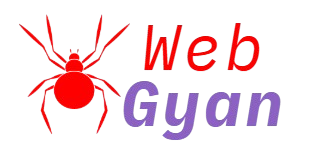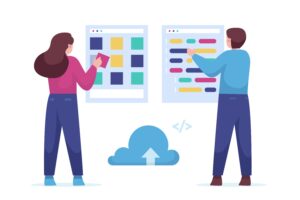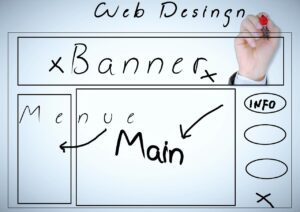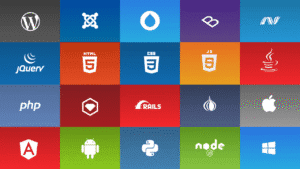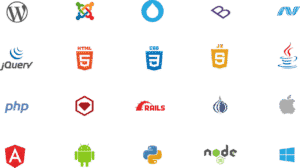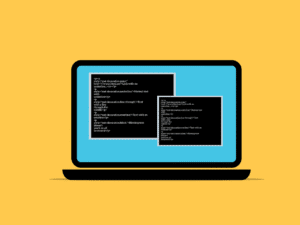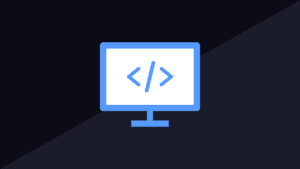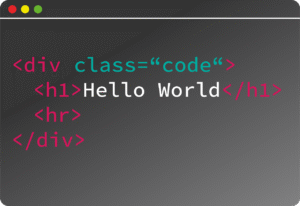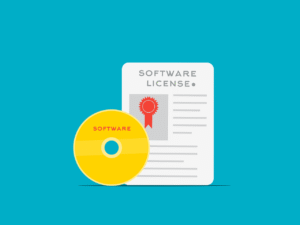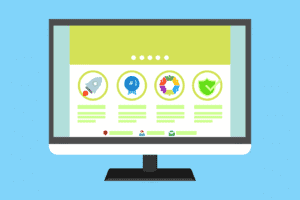Web Browsing: Acquire Knowledge of Web Development
Introduction
Web development shapes how we access and use the internet today. From social media to online shopping, understanding how websites work gives you a new level of appreciation. Nearly 5 billion people worldwide are using the internet—this shows how vital skills in web development are. Whether you’re a student, a hobbyist, or planning a career, learning how to build websites opens many doors. You can make your own projects or stand out in the job market. This article explores the core concepts, essential skills, and future trends in web development.

Understanding the Fundamentals of Web Browsing
What is Web Browsing?
Web browsing is the act of exploring online content using a web browser like Chrome, Firefox, or Safari. It’s how we find information, comic, watch videos, or shop online. When you type a website’s address, your browser fetches the page to display it on your screen. Behind the scenes, web browsing relies on key technologies like HTTP or HTTPS protocols, HTML, CSS, and JavaScript to make websites accessible and interactive.
The Web Development Process
Creating a website involves several steps. First, planning what the site should do and who it’s for. Next, designing how it looks and feels for users. Development turns these plans into actual code. Afterward comes testing, fixing bugs, and finally deploying the website online. Understanding this process helps you create better user experiences. Think of building a website like constructing a house—each step matters, from blueprint to final brick.
How Websites Are Built: Core Building Blocks
Websites mainly rely on three fundamental languages:
- HTML gives structure to pages.
- CSS styles and layouts the design.
- JavaScript adds interactivity, like buttons or animated effects. For small sites, simple code works fine. Large projects often use backend technologies like databases or server scripts. Also, ensure your site is responsive so it adapts smoothly to phones, tablets, or desktops.
Essential Web Development Skills and Technologies
Front-End Development
Front-end development focuses on what users see and interact with. Mastering HTML and CSS helps you build attractive, easy-to-navigate pages. JavaScript then makes your site dynamic—for example, updating content without refreshing. Popular tools include React, Angular, and Vue.js. Start with JavaScript basics before jumping into these frameworks—they make learning smoother and help solidify core skills.
Back-End Development
Back-end coding runs behind the scenes. It manages data, user accounts, and interactions with the server. Common languages include Python, Node.js (using JavaScript), and PHP. Databases like MySQL or MongoDB store information. RESTful APIs connect your website’s front end with server data. A full-stack developer understands both sides and can build complete web systems from the ground up.
Web Hosting and Deployment
Once your site is ready, it needs to be hosted online. Options range from shared hosting to dedicated servers or cloud platforms like AWS. Securing your website with SSL certificates helps protect user info and builds trust. Tools like GitHub or Netlify help you upload code and manage versions. Learning how to deploy your website is essential for sharing your work with the world.
Learning Resources and Practical Skills Development
Online Tutorials and Courses
Platforms like Codecademy, freeCodeCamp, Udemy, and Coursera offer step-by-step lessons. Focus on projects that challenge you to apply what you learn. Hands-on experience makes the concepts stick better. Don’t just watch tutorials—try building small projects after each lesson.
Building Real-World Projects
Create a personal portfolio website, blog, or local business site. These projects showcase your skills and give you practical experience. They’re also useful when applying for jobs or freelance work. Your portfolio acts as a proof of your abilities, so keep it fresh and updated.
Participating in the Developer Community
Join online forums like Stack Overflow and attend local meetups. These groups give you feedback, help solve problems, and expose you to new ideas. Contributing to open-source projects on GitHub boosts your skills and your reputation. Staying connected with the community keeps you current and motivated.
Best Practices and Future Trends in Web Development
Web Accessibility and Performance Optimization
Design websites that everyone can use. Follow WCAG guidelines to make content accessible for people with disabilities. Techniques like compressing images, lazy loading, and minimizing code speed up your site. Websites that load in under three seconds keep visitors engaged, reducing bounce rates and increasing satisfaction.
Security Considerations
Security is vital—hackers often target websites through vulnerabilities like XSS or CSRF. Use HTTPS to encrypt data exchanged between users and your site. Regularly update software and use secure coding practices to prevent attacks. Protecting user data builds trust and keeps your site safe.
Emerging Technologies and Trends
Look out for Progressive Web Apps (PWAs) that work offline and behave like native apps. AI and machine learning start to play bigger roles in customizing user experiences. Voice search optimization is becoming relevant as more users search through voice commands. Staying ahead means adapting these new tools and techniques.
Conclusion
Knowing how web browsing works and understanding web development fundamentals empower you to create better websites. Continuous learning through projects and staying up-to-date with industry trends keeps your skills sharp. Focus on mastering core languages like HTML, CSS, and JavaScript, and expand into back-end work when ready. Your journey in web development starts with curiosity—keep exploring and building. The internet offers endless opportunities for those willing to learn and grow.
